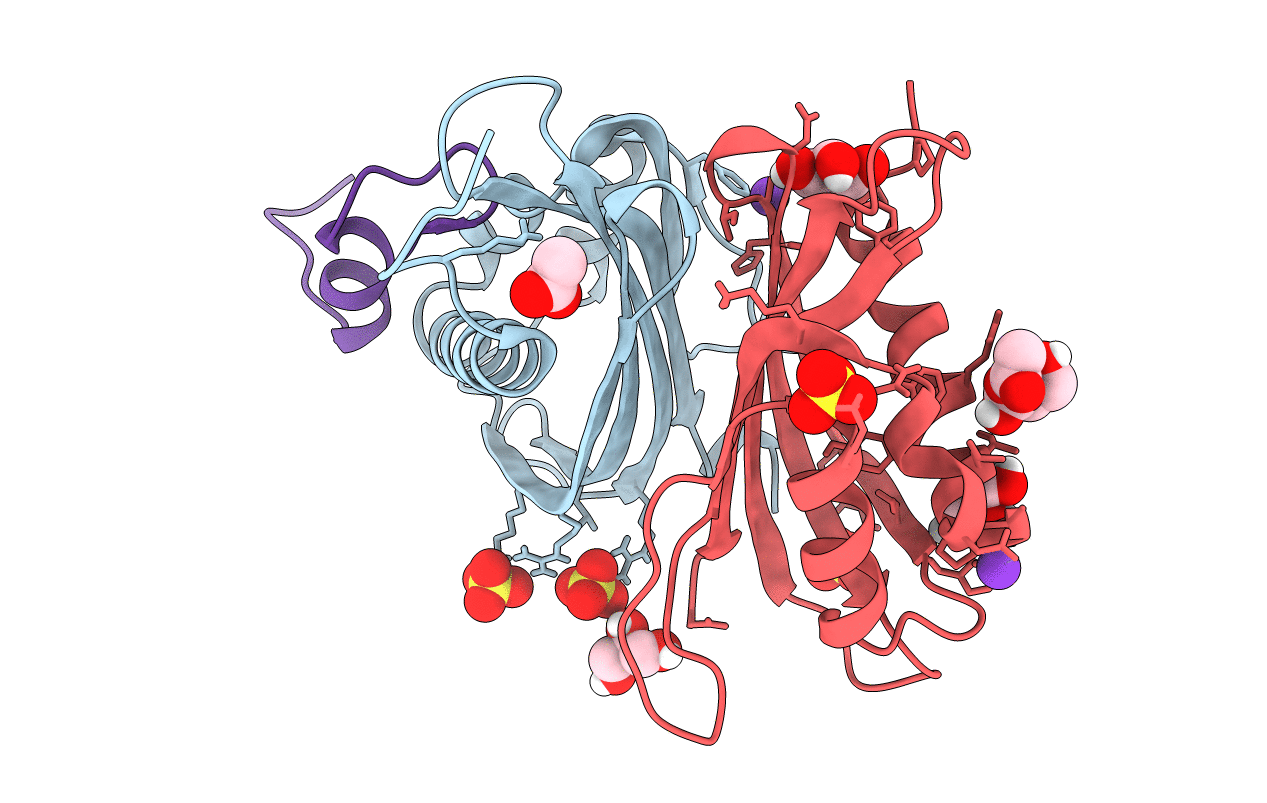
Deposition Date
2016-02-12
Release Date
2016-07-20
Last Version Date
2024-01-10
Entry Detail
PDB ID:
5FW5
Keywords:
Title:
Crystal structure of human G3BP1 in complex with Semliki Forest Virus nsP3-25 comprising two FGDF motives
Biological Source:
Source Organism:
HOMO SAPIENS (Taxon ID: 9606)
SEMLIKI FOREST VIRUS (Taxon ID: 11033)
SEMLIKI FOREST VIRUS (Taxon ID: 11033)
Host Organism:
Method Details:
Experimental Method:
Resolution:
1.92 Å
R-Value Free:
0.20
R-Value Work:
0.16
R-Value Observed:
0.16
Space Group:
P 41 21 2


